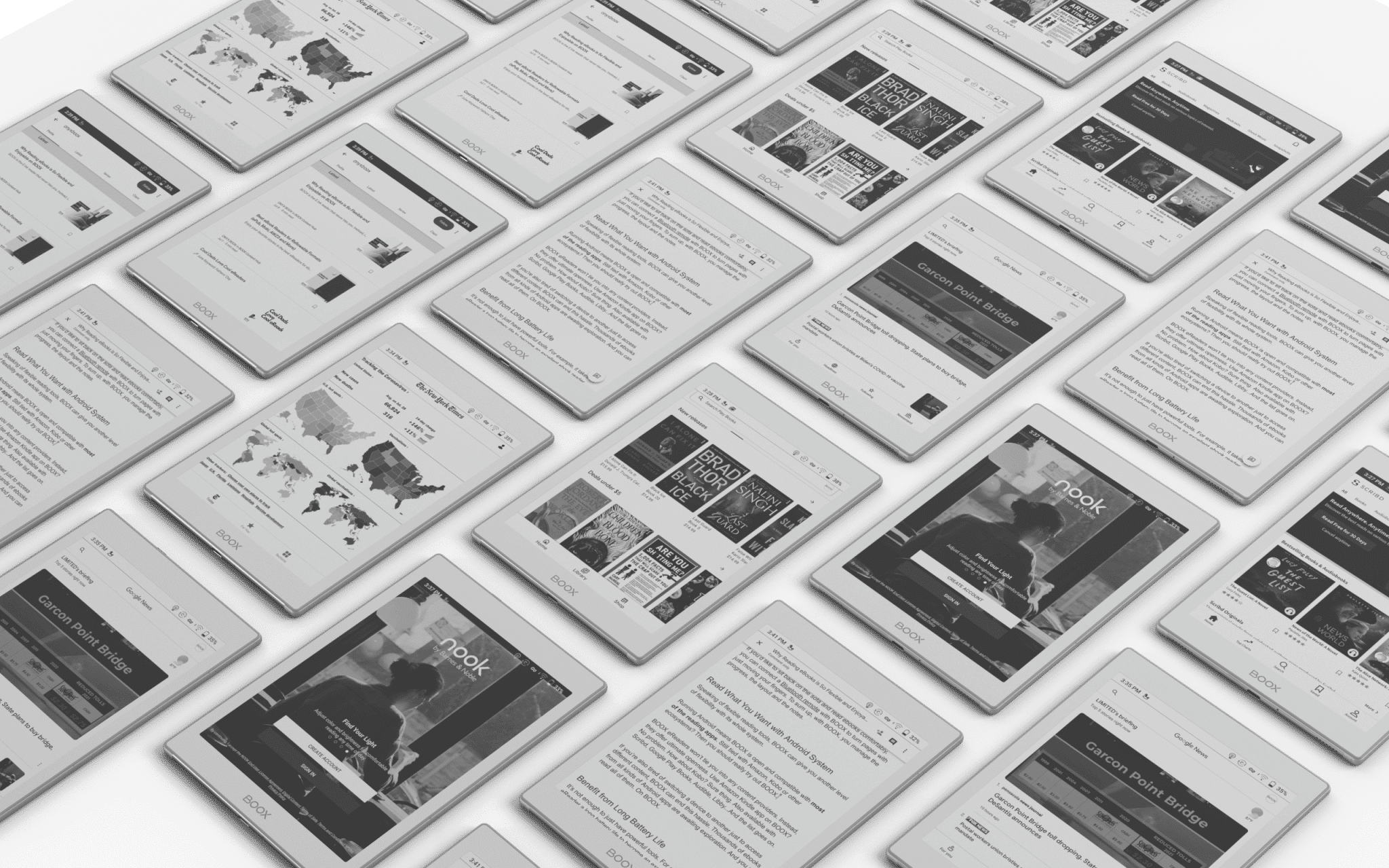Digital media has come to the rescue of airline operators that has been finding it increasingly tough to deal with paper magazines for inflight entertainment. For them, it turned out to be far more simple to offer a means to download content to keep passengers engaged mid-air.
However, soon that too started to prove problematic as passengers often complained about incompatibility with the device they brought on board. All of this proved a foolproof system for in-flight entertainment continued to elude the airlines as paper magazines came to be increasingly seen as more of a bugbear than a real solution. It is here that digital magazines shown via flexible OLED panels come onto the picture.
The flexible OLED panels have the look and feel similar to hard glossy paper that the magazines often come with and hence do not need much getting used to for the passengers. Also, such Digital Magazines work independently, under the discretion of the airlines of course, but do not need the passenger’s device for their functioning. All that the Digital Magazines require for their operation is a connection with the inflight safety card.
The idea of Digital Magazines has been patented by Airbus though there is still no word yet as to when is the earliest we can expect to see such magazines during flight. The company has been working on such a plan for some time though, with the aerospace major having signed a deal with Royole Technologies to further work on this. Royole fits into the picture given its market leader status with flexible displays and sensors.
No wonder, the concept of Digital Magazines has also earned Airbus the Crystal Cabin Award nomination this year. Not only will this save airlines all the hazard of dealing with paper magazines, but the Digital Magazines also has an almost unlimited shelf life provided the hardware remains relevant. The content can be refreshed whenever needed while passengers can also be provided personalization options as well. Maybe those can be used to show videos too other than just reading material.
All of this is a far cry from paper magazines that not only added to the bulk but ran the risk of becoming outdated quickly. Plus, such magazines are prone to get damaged as well and airlines had to carry extra onboard to be able to replace the damaged ones in time. This took on a whole new turn in the post-pandemic period when people would be loath to use anything that others have used before. And sanitizing paper magazines can be both time and resource intensive as well.
In fact, the concept of Digital Magazines can have far more applications than just inflight entertainment. In hotels and restaurants, such displays can be used as a menu card that can be updated in real-time. Maybe diners will have the option to make their payments as well via such displays.
Coming back to the flight domain, Airbus said they plan to implement the Digital Magazine concept in a test flight soon.
With a keen interest in tech, I make it a point to keep myself updated on the latest developments in technology and gadgets. That includes smartphones or tablet devices but stretches to even AI and self-driven automobiles, the latter being my latest fad. Besides writing, I like watching videos, reading, listening to music, or experimenting with different recipes. The motion picture is another aspect that interests me a lot, and I'll likely make a film sometime in the future.

